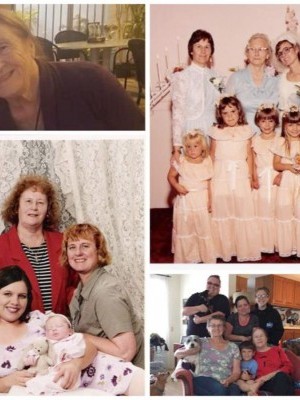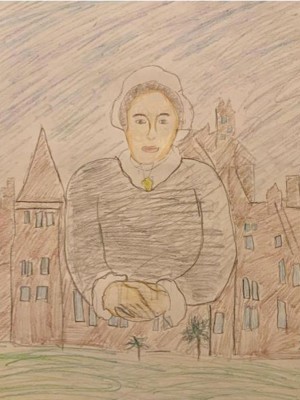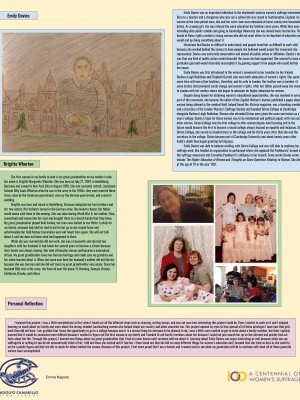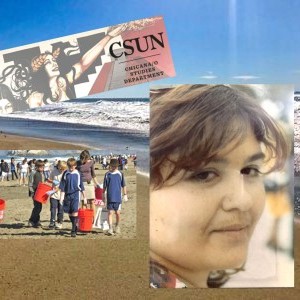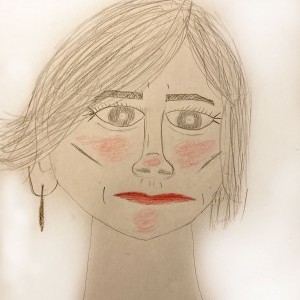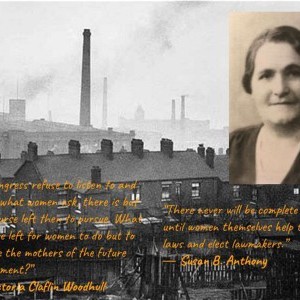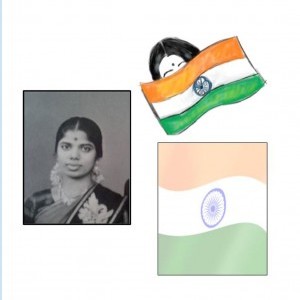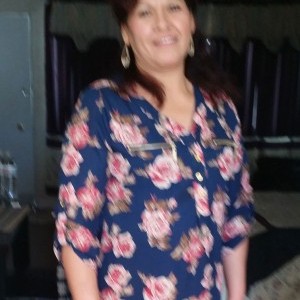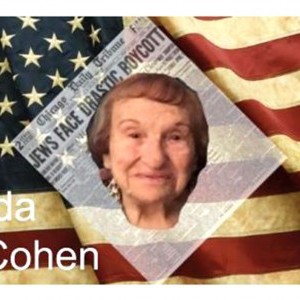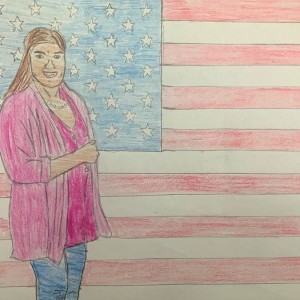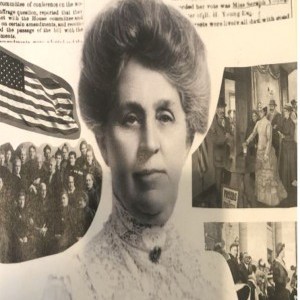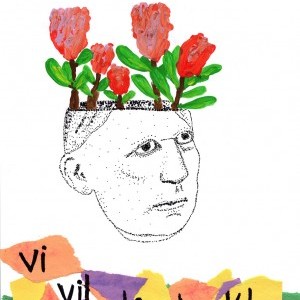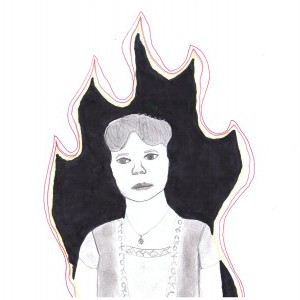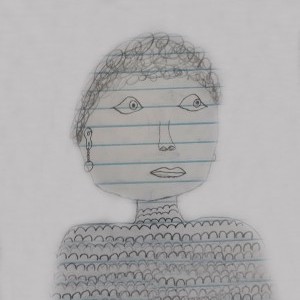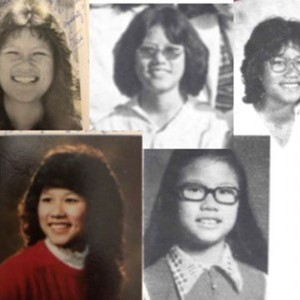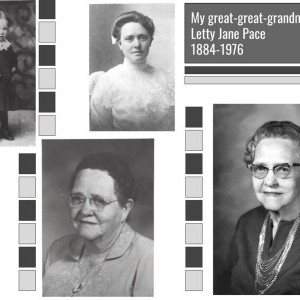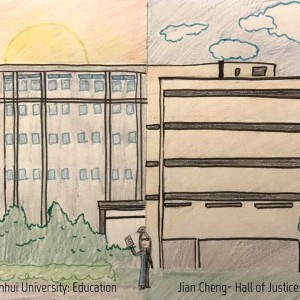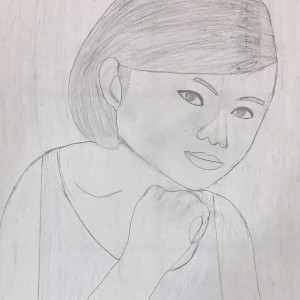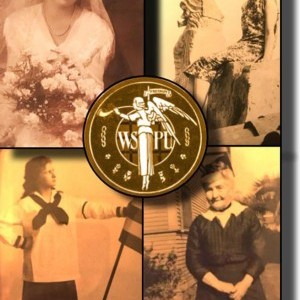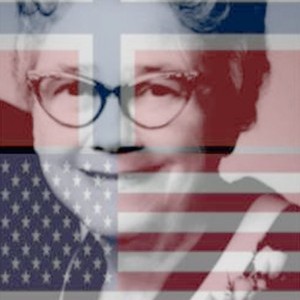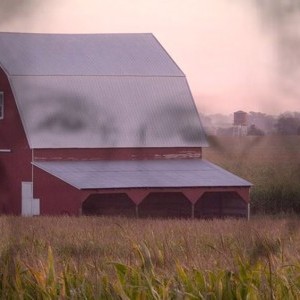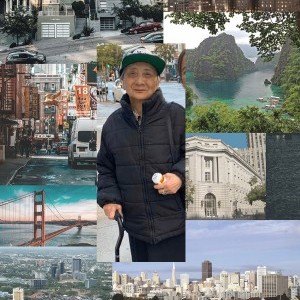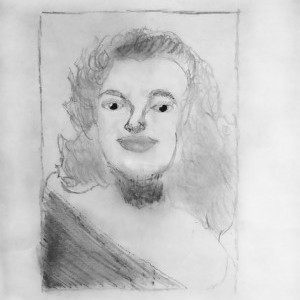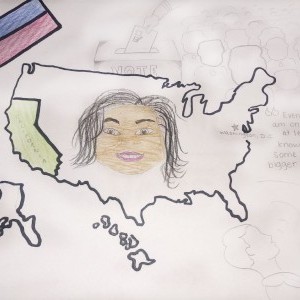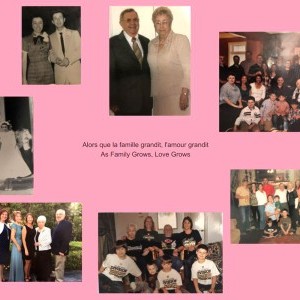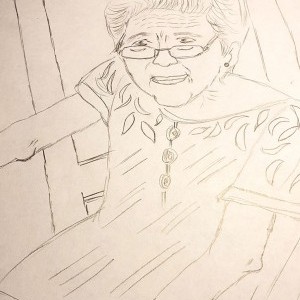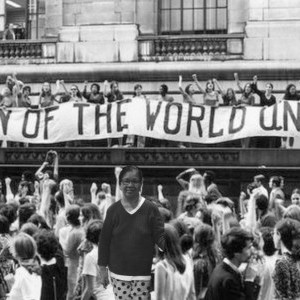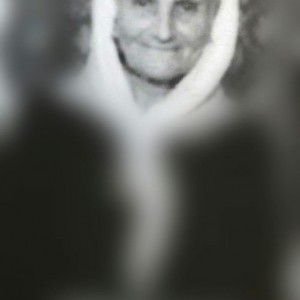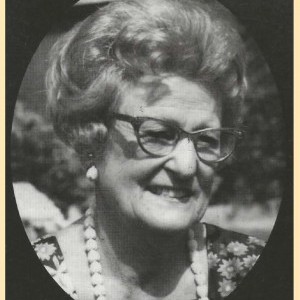Emma Nagode
Adolfo Camarillo High School | Camarillo, CA | 10th
Inspirational Family Member
My Great-Grandmother
The first woman in my family to vote is my great-grandmother on my mother’s side: her name is Brigitte Margareta Whorton. She was born on July 21, 1934, in Heidelberg, Germany and moved to New York City in August 1958. She met currently retired Lieutenant Colonel Billy Louis Whorton when he was in the army in the 1950s. They were married three times: once by the American government, once by the German government, and, then, in a church wedding.
Brigitte was born and raised in Heidelberg, Germany alongside her two brothers and her two sisters. Her brothers served in the German army. She loved to dance, her father would dance with them in the evening. She was alive during World War II, her mother, Eliza, sewed food and money into her coat and brought them to a Jewish family that they knew. My great-grandmother played field hockey, her team was invited to see Hitler. Luckily for my family, someone had told her dad to not let her go so she stayed home and unfortunately her field hockey teammates were not heard from again. She will not talk about it and she does not know what had happened to them.
While she was married she did not work, she was a housewife and she had two daughters with her husband. It had taken her several years to become a citizen because their family was always moving. She took citizenship classes and became a naturalized citizen. My great-grandmother loves her German heritage and made sure my grandma and her sister learned about it. When she came over here her husband’s mother did not like her because she was German and she did not treat my great-grandmother very nicely. Since her husband Billy was in the army, she lived all over the place: Ft. Benning, Georgia, Boston, California, Omaha, and others.
Historical Figure I Admire
Emily Davies
Emily Davies was an important individual in the Nineteenth-Century women's suffrage movement. Born to a teacher and a clergyman who also ran a school she was raised in Southampton, England. As women at the time period were, she and her sister Jane were educated at home mainly over household duties. As a young girl, she was refused the same education her brothers were given. While they were attending elite public schools and going to Cambridge University she was denied basic instruction. The denial of these rights created a strong woman who did not want others to be deprived of education and would end up doing something about it.
Historians find Davies difficult to understand, and people found her as difficult to work with because she worked behind the scenes to have people she believed would propel the movement she represented. Davies was extremely conservative and denied all public action or affiliation. Davies’s fear was that any kind of public action would discredit the cause she had supported. She seemed to have a particular goal and would discreetly accomplish it by gaining support from people who could further her cause.
Emily Davies was first introduced to the women’s movement in her twenties by her friends Barbara Leigh Bodichon and Elizabeth Garrett who were both advocates of women’s rights. She spent some time with one of her brothers, Llewellyn, and his wife in London. Her brother was a member of some circles that promoted social change and women’s rights. After her father passed away she moved to London with her mother where she began to advocate for higher education for women.
Despite being known for obtaining women’s educational opportunities, she was involved in every part of the movement. She became the editor of the English Woman’s Journal, published a paper about women being allowed in the medical field, helped found the Victoria magazine, was a founding member and a secretary of the London Women’s Suffrage Society. She also founded Girton College at Cambridge alongside Barbara Leigh Bodichon. Women who attended Girton were given the same curriculum as a man’s college. Davies’s hope for those women was to be intellectual and political equals with men and other women. Girton College was the first college to offer women degree-level learning and in the future would become the first to become a mixed college always focused on equality and inclusion. At Girton College, she served as headmistress to the college and for thirty years after that she was the secretary to the college. Girton became part of Cambridge University and about twenty years after Emily’s death they began granting full degrees.
Emily Davies was able to balance working with Girton College and was still able to continue her suffrage work. She headed an organization to Parliament where she opposed the Pankhursts’ branch of the suffrage movement and Emmeline Pankhurst’s militancy in her branch. Some works Davies wrote include The Higher Education of Women and Thoughts on Some Questions Relating to Women. She died at the age of 91 in the year 1921.
What the Project Means to Me
I enjoyed this project, I mean not at first when I found out all the different steps and the essays, but I enjoyed learning so much about my family and more about the strong-minded, hardworking women who helped shape our country and other countries too. This project really opened my eyes to how special all of these privileges I have now that girls back then did not have. I am grateful that I have the opportunity to go to a college because now it is a normal thing for everyone to be allowed to do. I was a little more excited to get to write about a family member, but then I quickly learned that it would be somewhat more difficult because I needed to actually figure out the first woman in my family and I needed to ask family members about her because I could not just search her up on the internet and quickly find out facts about her life.
Through this project, I learned new things about my great-grandmother that I had not even known until someone told me about it. Learning about Emily Davies was super interesting as well because when you say suffragette or suffragist you do not automatically think of her, I did not know she existed until I researched her. I then found out that she did so many different things for women’s education and I learned that she tried as best as she could to not be a public figure and that she did so much for others behind the scenes. Because of this project, I feel more proud that I am a female and I cannot wait to see what my generation will do to continue on with what all of these powerful women have accomplished.
Explore the Archive
More From This Class
Click on the thumbnails below to view each student's work.Deadline Extended
There's still time to join Women Leading the Way.
Become a part of our storytelling archive. Enroll your class today.
Join the Project

